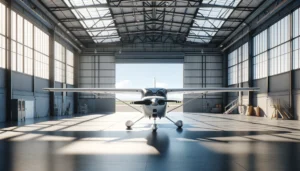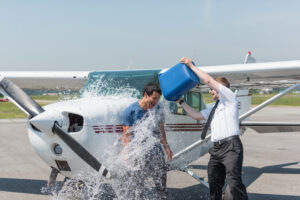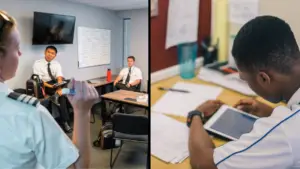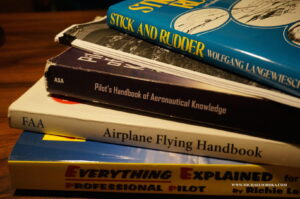What Can You Do with a Private Pilot License?
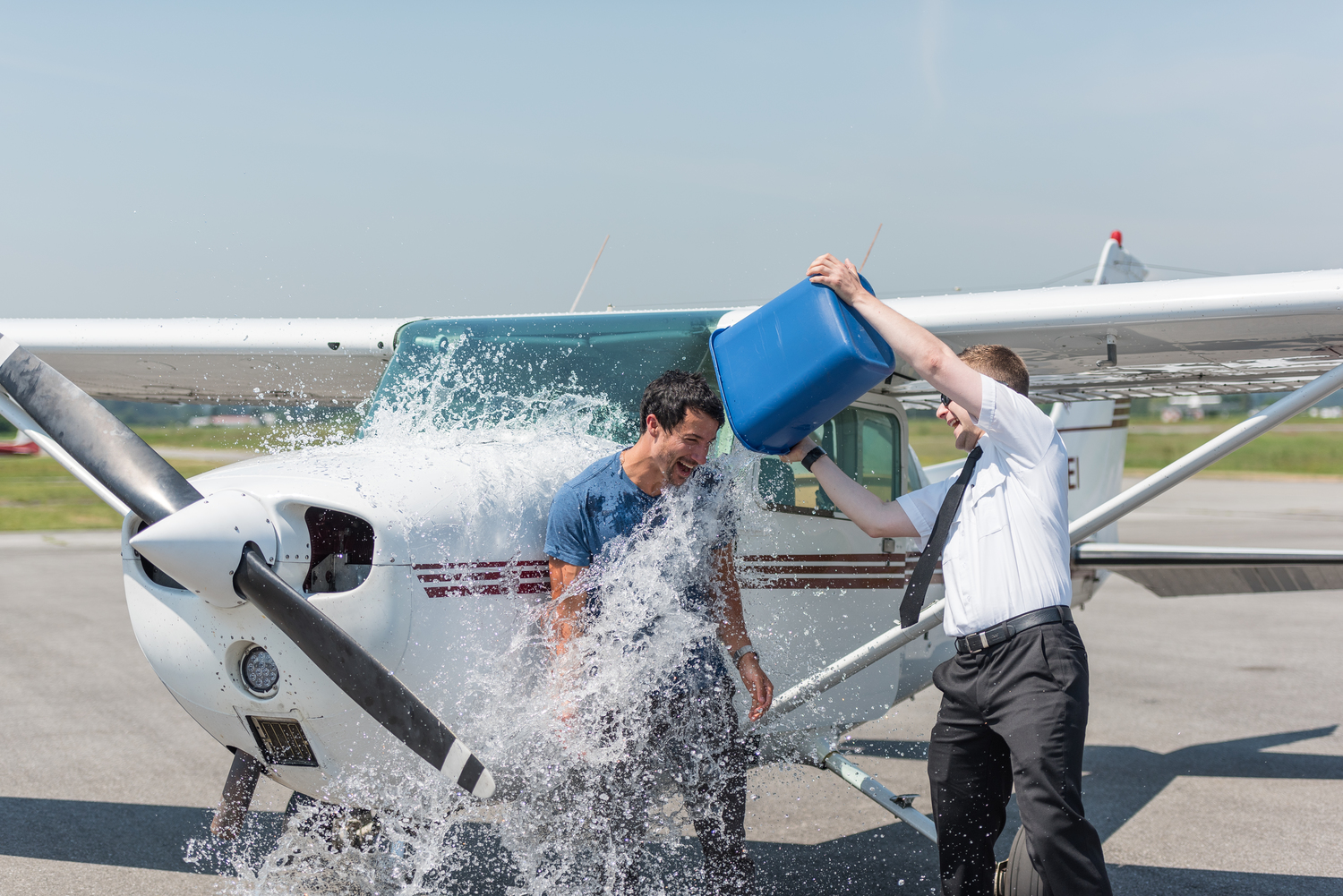
Ever pondered the opportunities a Private Pilot License (PPL) can offer? In this article, we’ll unveil the top 8 activities and privileges that come with a PPL.
Whether you’re a fresh pilot or just starting your aviation journey, this guide aims to help you harness the full potential of your license.
If you’re beginning, consider enrolling in an online ground school to solidify your foundational knowledge. Trying to figure out where to start? Find the best online private pilot ground school to ensure you’re well-prepared for the skies.
Many view the PPL merely as a stepping stone, but its true value is vast and varied. While there are limitations, especially around commercial gains, the exceptions are noteworthy.
So, what can you achieve with a PPL? Let’s dive in and explore eight avenues to fuel your passion for flight.
8 Things You Can Do With A Private License
International Flights
The horizon beckons, and with a PPL, it’s not just a distant line but a gateway to global destinations.
While commercial flights have their charm, charting one’s course across international skies offers unparalleled freedom.
It’s essential, however, to be well-versed with international aviation regulations and ensure that all paperwork is in order.
Teaching
The realm of aviation is vast and intricate. As a private pilot, one has the privilege to share this knowledge with budding enthusiasts.
Through ground schools and practical sessions, a pilot can mold the next generation, ensuring that the skies remain populated with skilled aviators.
According to the FAA, ground instructors play a pivotal role in shaping a student’s foundational knowledge.
Business Trips
Why confine business dealings to boardrooms when the entire sky can be your meeting venue? With a PPL, business trips transform from mundane to exhilarating.
While you can’t charge for your flying services, the convenience and experience often outweigh the costs.
Volunteering
The sky is not just for exploration but also for extending a helping hand. From disaster relief operations to search and rescue missions, a private pilot can contribute significantly to societal well-being.
Organizations like the Air Care Alliance list various volunteer flying opportunities for pilots.
Towing Gliders
The world of aviation is diverse. Towing gliders offers a niche yet thrilling experience. It’s not just about flying but ensuring that another aircraft gets its moment in the sun, quite literally. This activity, though, might require additional endorsements or training.
Aircraft Sales
For those who can blend the art of salesmanship with a passion for aviation, aircraft sales present a lucrative opportunity.
It’s about showcasing the marvels of aeronautical engineering to potential buyers, ensuring they find their perfect airborne match.
Civil Air Patrol
Service transcends boundaries, and with the Civil Air Patrol, it takes to the skies. As volunteers, private pilots can partake in various missions, from aerospace education to cadet programs, ensuring that the skies remain safe and the passion for flying is kindled in the next generation.
Take Family & Friends Flying
Earning a private pilot license opens the door to sharing the joy of flight with loved ones. While you can’t charge for flights, the FAA allows cost-sharing with passengers.
Many start with two-seaters, but there’s no strict limit on aircraft type as long as it matches your license rating and stays under 12,500 pounds without being turbine-powered.
Upgrading to a four-seater like a Cessna is straightforward, but expect a brief familiarization session. Six-seaters or advanced planes require more training.
What Planes Can You Fly with a Private Pilot License?
With a PPL, the sky isn’t just the limit; it’s the playground. From nimble single-engine planes to more intricate multi-engine aircraft, a plethora of options await. However, certain boundaries exist.
For instance, jet-powered aircraft remain off-limits, and the aircraft’s weight should not exceed 12,500 pounds.
Flying above 18,000 feet is also a no-go zone. Some aircraft, while accessible, might demand additional training or endorsements.
A fun fact: The Cessna 172 holds the record for the highest number of aircraft produced, making it a favorite among private pilots!
What Jobs Can You Get with a Private Pilot License?
While a PPL doesn’t open doors to commercial flying, it’s far from limiting. Teaching passionate souls the art of flying is a noble profession many PPL holders venture into.
Towing banners or gliders offers another avenue. Volunteering for community services, such as disaster relief or search and rescue missions, is not only fulfilling but also allows one to harness their skills for a greater cause.
For those with a flair for sales, showcasing aircraft to potential buyers can be both enjoyable and lucrative.
According to Flying Magazine, while you can’t earn directly from flying passengers, roles like aircraft sales or glider towing can indeed be monetized.
Expanding Horizons: Unique Opportunities with a PPL
Growth is an integral part of any journey, and the realm of private piloting is no exception.
Navigating challenging terrains like mountains or mastering the art of aerobatics presents pilots with endless opportunities in the skies.
Diversifying skills by learning to operate different aircraft, such as those with retractable landing gear or taildraggers, enhances one’s aviation repertoire.
An insatiable thirst for knowledge, combined with a passion for teaching, makes becoming an instructor a fulfilling endeavor.
As the journey progresses, a PPL can serve as a foundation, eventually leading to a commercial pilot’s license and turning a fervent passion into a distinguished profession.
Requirements for Obtaining a PPL
Embarking on the journey to acquire a PPL demands dedication. One must meet specific age criteria and demonstrate proficiency in English, ensuring clear communication during flights.
The skies can be unpredictable; hence, medical fitness is paramount to tackle any unforeseen challenges. Rigorous training sessions, both theoretical and practical, mold an individual into a competent pilot.
An essential decision during this journey is choosing between different types of training. Comparing digital and traditional ground schools can provide insights to help make this choice.
Examinations assess the knowledge amassed, and only upon successful completion does one earn the coveted PPL.
Did you know that in the U.S., the Federal Aviation Administration (FAA) mandates a minimum of 40 flight hours, which includes 20 hours with an instructor and 10 hours solo, to be eligible for a PPL?
Understanding the Private Pilot License (PPL)
A Private Pilot License (PPL) is a golden ticket to the vast skies, granting its holder the privilege to command an aircraft for personal and recreational purposes.
Unlike commercial licenses, a PPL is primarily for those who wish to soar the heavens without the intention of monetary gain.
The world of aviation recognizes this license internationally, making it a passport to explore horizons beyond one’s homeland.
Interestingly, the Wright brothers, pioneers of aviation, never had formal pilot licenses, as they predated the establishment of such certifications!
What Can You Do with a Private Pilot License Conclusion
The allure of the skies, combined with the empowerment of a Private Pilot License, offers a transformative experience.
From the thrill of international flights to the satisfaction of teaching budding aviators, a PPL is more than just a license—it’s a passport to a world of endless horizons.
As we’ve explored the myriad opportunities and facets of this journey, it’s evident that the realm of private piloting is vast, offering both challenges and rewards.
Whether you’re charting new territories, sharing the joy of flight with loved ones, or diving deep into the intricacies of aviation, the PPL serves as a steadfast companion.


